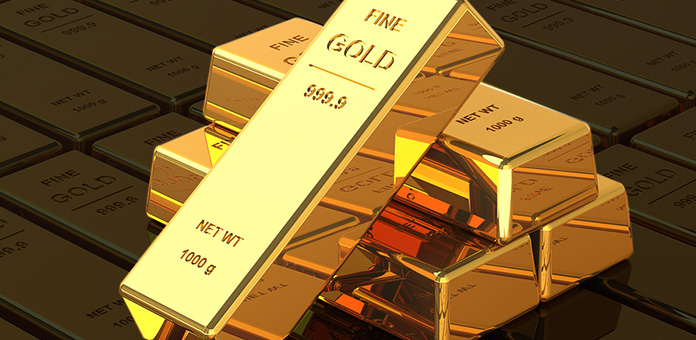
All serious investors in gold and buyers of precious metals understand the overarching role of supply and demand in determining market prices. There are many complex and sometimes conflicting dynamics that cause the price of gold to rise and fall. The relationship between available supplies (and the cost of production of more gold) and the multiple demands for gold is fundamental to its long-term value.
The Mysterious Policies of Central Banks
For most of the post-Bretton Woods 20th century, the central banks of most countries were experimenting with their newly created powers of fiat currency. Freed from the “burden” of maintaining a relationship between a gold standard and the total money printed, these countries focused their attention on discovering the proper relationship between fiscal and monetary policies.

As a result, these government officials often disdained the traditional role of gold as a foundation to their reserves, and often they were net sellers of gold from their holdings. 1 As a result, the demand for gold from central banks was rarely a market factor. At the same time, an increasingly unsustainable amount of paper currency has flooded world markets, estimated to be as much as $100 trillion. 2
Recently, the rapidly deteriorating world economic picture has seen a shift in the buying habits of those same central banks. While these bankers are traditionally secretive about their strategies, the net results are evident in the markets. Somewhat ironically, the unrelenting generation of vast quantities of paper currencies has fueled the very concerns driving the central banks, and savvy investors in gold, back to the reliable yellow metal.
Why Gold Is Back in Favor
While the paper currency gurus have enjoyed flexing their theoretical muscles, the realities of the marketplace are driving central bankers back to gold as a way to shore up reserves and market perceptions. As fears of further economic woes grow more pervasive, governments are seeking to:
- Diversify their reserves, especially away from U.S.-denominated assets
- Protect against inflationary pressures
- Reassure world trading partners of the stability of their currency
According to the World Gold Council, these and other factors have resulted in the central banks of the world occupying 14 percent of the buying market as of 2014. This is up from just two percent in 2010.
How Central Bank Buying Affects Today’s Market
Gold has enjoyed a very good increase in market value this year (up more than 19 percent pre-Brexit), partly supported by the increased buying of central banks. 3 However, it is very telling to note that in the post-Brexit world, central banks have been very reserved in their buying activities.

Analysts from Commerzbank have been watching this change closely, reporting for example, “The Chinese central bank held back on purchasing gold again in July. By its own account, it topped up its gold reserves by ‘only’ 170,000 ounces or 5.3 tons last month.” 4
This is an important indicator for at least two reasons. First, the Chinese and Indian governments remain the largest buyers of gold, setting the trends for many other central bank policies.
Secondly, the price of gold has continued to remain in a positive trend, even without this buying pressure. Both long-term buyers of gold and short-term traders will be watching to see signs of renewed buying by central banks, which seems inevitable in today’s economic environment. The impact of such additional demand should exert further upward pressure on market prices.


